OUR SERVICES
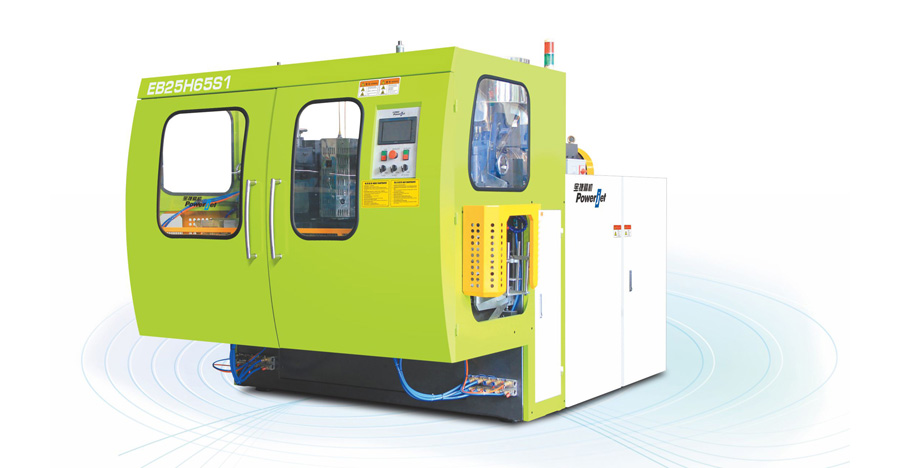
Blow Moulding
Blow moulding (also known as blow moulding or blow forming) is a manufacturing process by which hollow plastic parts are formed. In general, there are three main types of blow moulding: extrusion blow moulding, injection blow moulding, and stretch blow moulding.
The blow moulding process begins with melting down the plastic and forming it into a parison or preform. The parison is a tube-like piece of plastic with a hole in one end in which compressed air can pass through.
The parison is then clamped into a mold and air is pumped into it. The air pressure then pushes the plastic out to match the mold. Once the plastic has cooled and hardened the mould opens up and the part is ejected.
Vacuum Metalizing
In vacuum metallizing a metallic coating material placed in a vacuum chamber with the workpiece to be coated.
The material that is being applied is then heated until it starts to evaporate, this vaporized metal condenses on the product or workpiece as a thin metallic film.
As this is happening the part is being rotated for uniformity of the coat.
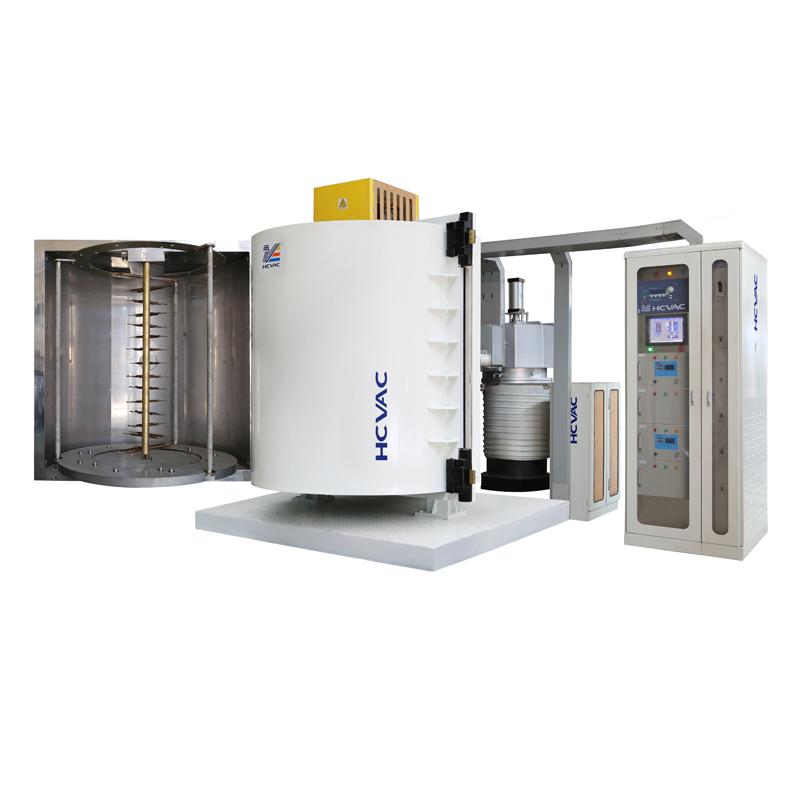
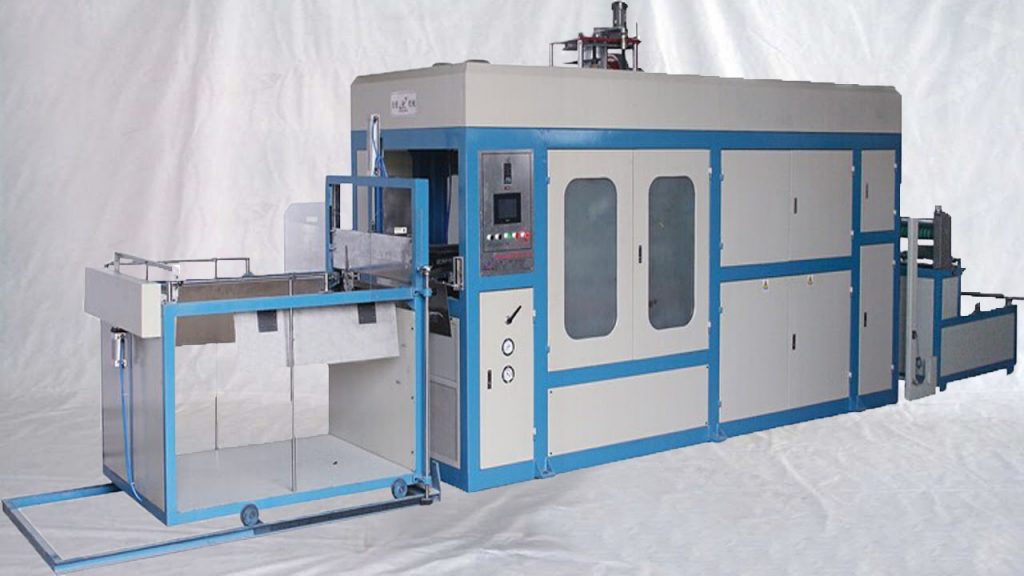
Vacuum Forming
In vacuum metallizing a metallic coating material placed in a vacuum chamber with the workpiece to be coated.
The material that is being applied is then heated until it starts to evaporate, this vaporized metal condenses on the product or workpiece as a thin metallic film.
As this is happening the part is being rotated for uniformity of the coat.
Screen Printing
Screen printing is a printing technique that uses a woven mesh to support an ink-blocking stencil. The attached stencil forms open areas of mesh that transfer ink or other printable materials which can be pressed through the mesh as a sharp-edged image onto a substrate.
A roller or squeegee is moved across the screen stencil, forcing or pumping ink past the threads of the woven mesh in the open areas.
Screen printing is also a stencil method of print making in which a design is imposed on a screen of silk or other fine mesh, with blank areas coated with an impermeable substance, and ink is forced through the mesh onto the printing surface. It is also known as silkscreen, serigraphy, and serigraph printing.
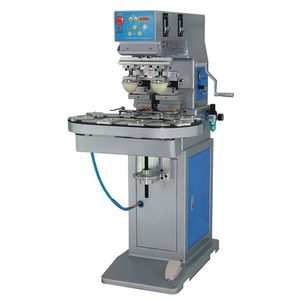
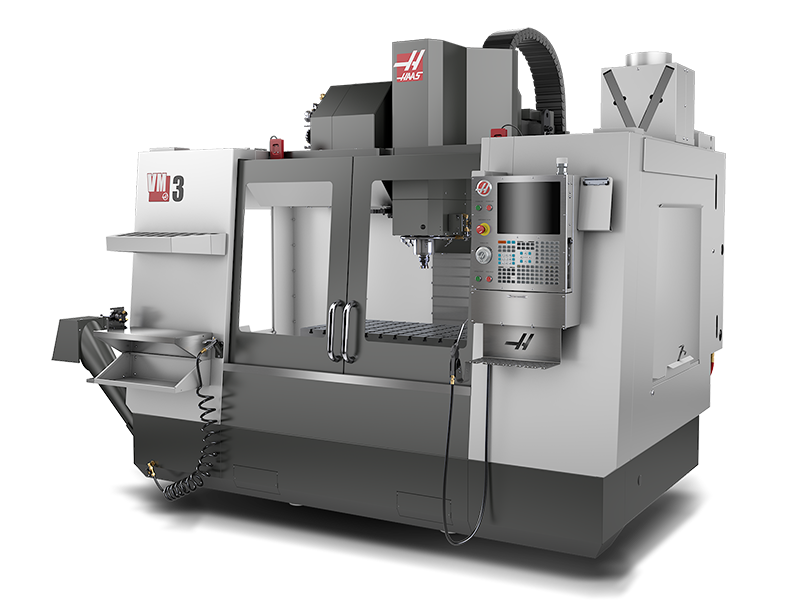
Dies and mould shop
Our 30 years of experience in mould making, gives us expertise to design and produce quality moulds and accessories in-house.
When it comes to mould making, every step is crucial. So, making the mould with precision and efficiency save us and our clients from countless headaches. Further we are pleased to say that we have well experienced persons for mould making and designing who are well trained and capable of handling any type of project.
In the simplest term, a good mould is one that makes good parts. When our customer is making good parts, there is no question left for the mould.
Injection Moulding
Injection moulding is a manufacturing process for producing parts from both thermoplastic and thermosetting plastic materials. Material is fed into a heated barrel, mixed, and forced into a mould cavity where it cools and hardens to the configuration of the mould cavity. After a product is designed, usually by an industrial designer or an engineer, moulds are made by a mouldmaker (or toolmaker) from metal, usually either steel or aluminum, and precision-machined to form the features of the desired part.
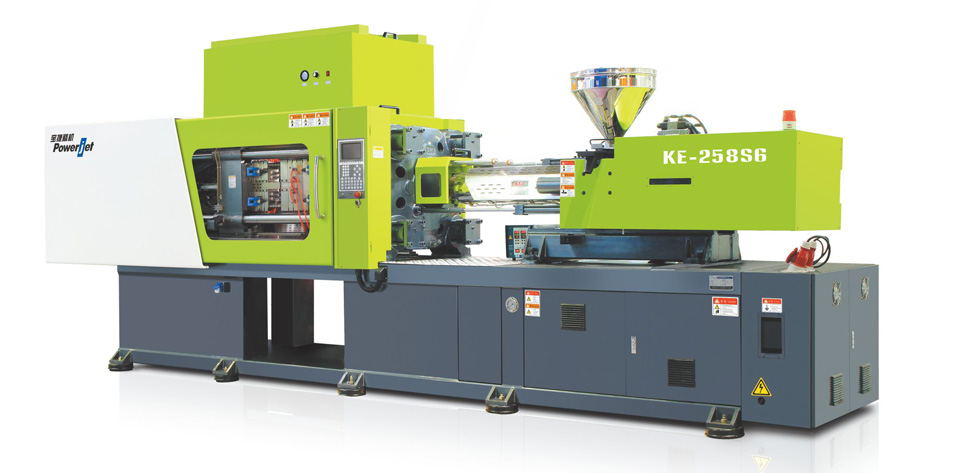
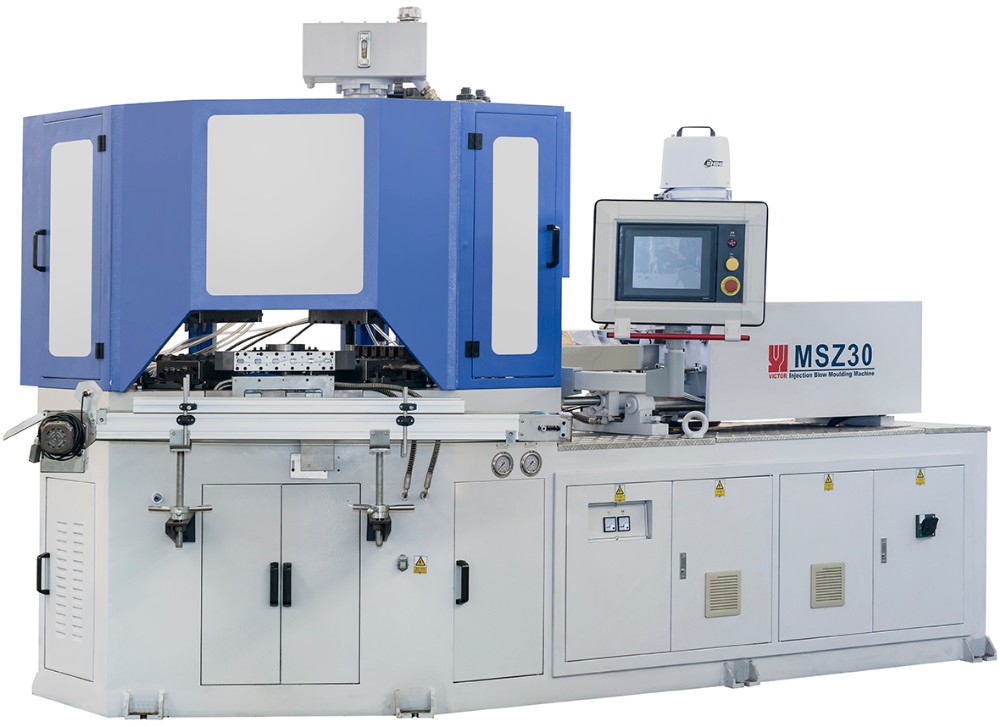
Injection Blow Moulding
It is a combination of both, Blow moulding and Injection moulding, named as Injection Blow Moulding Injection Blow Moulding is One step fast moulding without scrap,good for continuous production meeting GMP standard.
It is used in order to neck and thread in high precision dimension to meet various sealing requirement.
Some of the following features of injection blow moulding as follows. *Smooth party lines on body and bottom for perfect surface finishing,various shape available. *Max.uniformity of bottle weight,thickness and volume *High speed production with multi cavities available on different bottle size *Suitable material:PE,PP,PS,SAN,PETG,EVA…etc for various bottles *Different method as option,big space for ease mould changing.
